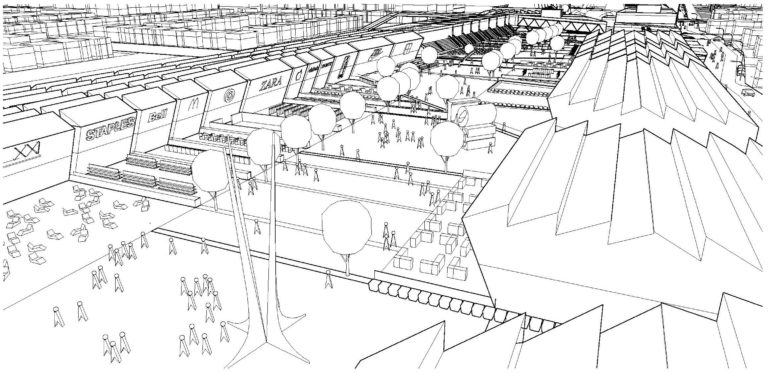
How can we change the world for the better through art and design? We often hear people say that they want to “change the world” but what does that really mean and how does one achieve such goal? Well, one things for sure; good designs can be the first step in changing the world leaving a positive mark. Whether that means creating a platform to help people better understand one another or to help advance medicinal practices- together we can help change the world through design. We got the chance to sit down with our very own design teacher- Tommy Tso to share his expertise and advice for aspiring designers!
“Everyone can solve a problem, but a designer strives to solve it creatively and simply. The effectiveness of a design is measured with time; it’s a combination of functional performance, aesthetic impacts, and user experience. We must wield our power to create with great humility and due diligence, saying ‘we are not certain if our solutions will work, but we’ll work hard to find these solutions collectively, by observing and listening to the world’.
Nature is the mother of all inventions. It resolves the challenges of life and environment with such grace, efficiency, and sustainability. I find myself practicing ‘biomimicry’ a lot when I’m stuck, and asking, ‘how would nature solve this?’. I also look towards history for proven and sometimes forgotten wisdoms; I humbly believe human intelligence is collective, and not bound by time or access to technologies.
I believe a well designed place lets us be our own comfortable self, regardless of gender, mobility, age, and background. It should become a democratic forum for everyone to have meaningful agencies: to speak, to observe, to motion a change, and mix with one another. This could be someone’s living room, a park shelter, a civic square, or a community center.
Living in the city is exciting and sustainable. The city of the future (I understand it’s hard to imagine this during a pandemic) is full of life, diversity, and culture. Everywhere in the world, we’re going to see intensification around expanding transit infrastructure like rapid transit, bike networks, and even air-taxi and hyperloops. There will be more automations like drone deliveries and driverless cars. We will see sustainable design as the norm, requiring carbon neutral designs, off-grid renewable power generation, shared networks of heating and telecommunication, and a reduction of single ownership “things”, like cars and backyards. Cities will still be a primary driver for future living.
Last but not least, designers can’t solve problems if they can’t identify the root problem, and if they don’t have the data. To all the aspiring designers out there – observe critically and learn diligently. “
Click here to enrol in our design program today and let’s change the world together one design at a time!


